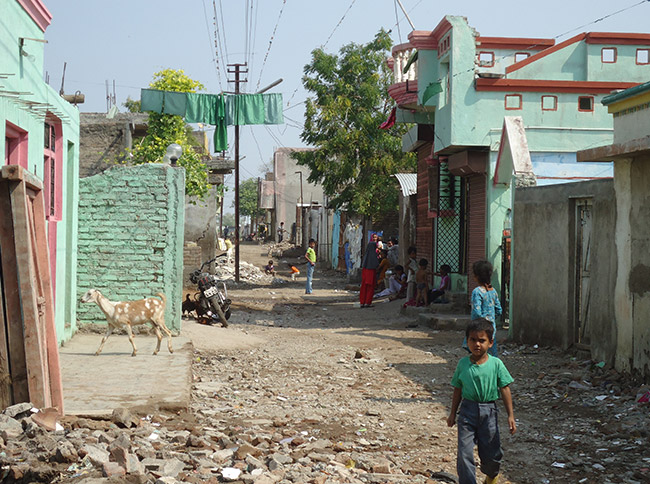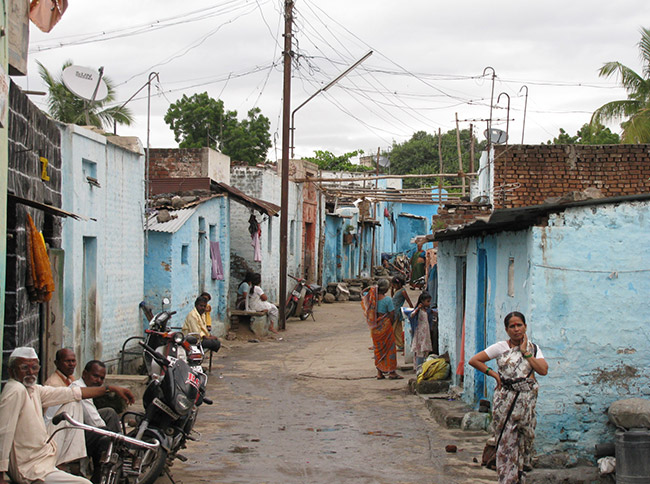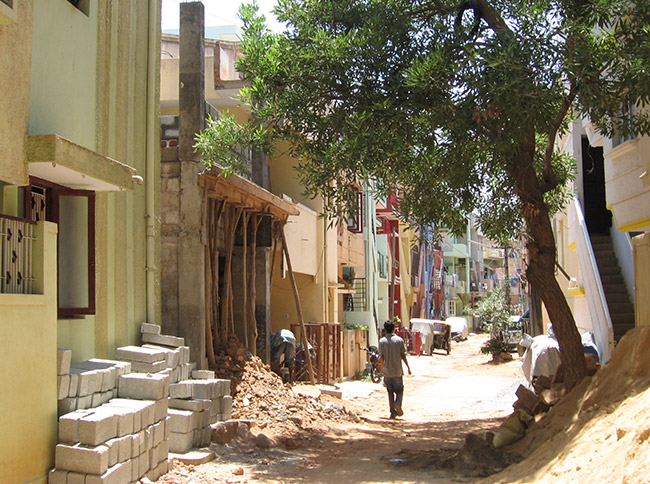
Impact of Infrastructure and Governance Transformations of JNNURM in Small, Medium & Large Cities
Funded By: The Indian Council for Social Science Research
Duration: April 2013 to August 2015
Launched in 2005, the Jawaharlal Nehru National Urban Renewal Mission (JNNURM), marked an important shift in urban governance and infrastructural development in India. Based on neoliberal ideals, JNNURM intended fundamental changes in urban governance. First, it attempted to alter the relationship and balance of power among three levels of governments, i.e. local, state and union by introducing a new process of engagement through performance-based funding for improving infrastructure. Second, it promoted a change in the relationship between public and private institutions by encouraging changing the role of private sector in development of urban infrastructure. This study builds on the Centre’s accumulated knowledge on urban development programmes in order to build a critical response to urban policy intervention for the country. Conducted over two years, this four-state research project reviewed the extent and nature of the impact of JNNURM and its Sub-Missions in Maharashtra, Mizoram, Tamil Nadu and Odisha. It resulted in eight city case studies that aimed at understanding the effects of these transformations on urban local bodies as well as actual service outcomes for citizen groups, particularly urban poor groups. Case studies were developed in partnership with different local research and activist organizations. Four regional workshops were organized to share findings locally. Through these and other public forums at the local level, initial advocacy on issue areas have been set into motion in an effort to contribute to improved design of future urban policy models, approaches and programmes.
RESEARCH OBJECTIVES
1) To understand the nature of infrastructure and governance transformations in small and big cities.
2) To understand impacts of urban reforms on urban poor.
3) To draw theoretical and policy lessons from urban transformations as a result of JNNURM to inform future urban policies and programmes.
METHODOLOGY
This research first conceptualised “actually existing” governance trajectories by developing the concept of ‘governance eco-system’. Drawing from the natural sciences, the term implies an inter-connected system; a constellation of institutional arrangements, norms, rules, actors, practices; the political culture and relations among various tiers of urban governance that varies across the cities and states; a series of service providers including ULBs and more lately non-state actors. Upon understanding the governance eco-system, the research turned toward studying the coexistence and collision of “actually existing governance” with the more neoliberal trajectory introduced by the JNNURM. Operationalising the study was done through developing two different case study types that had different foci: Urban Sector Case Study and Urban Governance Case Study.
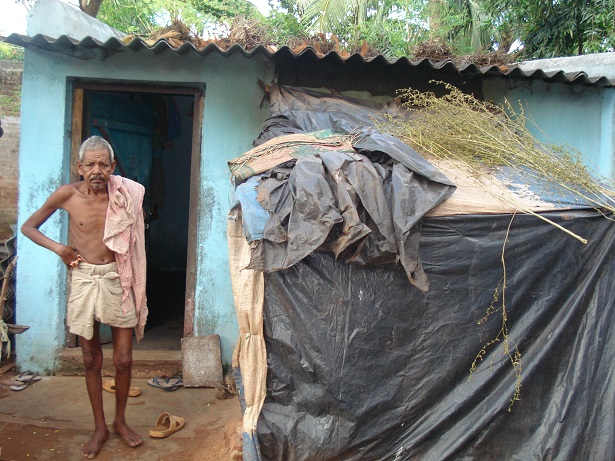
Urban Sector Case Study: The focus of the urban sector case study type was on studying the complete life-cycle of projects and reforms in a chosen sector to understand how they produced differential service outcomes for various poor groups.
Urban Governance Case Study: The focus of urban governance case studies was on understanding the shifts and changes in the ULB and the governance eco-system as a whole before and after the JNNURM. While the ULB was the central object of attention, other actors and their inter-relationships were also studied to understand if the ULB was effectively ‘strengthened’ as intended by JNNURM.
Several notes and probes were developed to serve as guidelines in operationalising both types of case studies. They were important given the multi-state nature and decentralised approach adopted for carrying out the project. It is important to note that these documents were not static but kept evolving during the process of research. These documents are made available here and can be used by different groups to not only get a sense of the methodology used in this research but modify and use these templates to further their own research goals.
Urban Governance Probes: The document provides a framework to draw links between the key questions, sub-questions, detailed probes and potential sources for answering these questions.
Download Report
Urban Sector Probes: Undertaking sector studies led to acknowledgement that there was a high level of sector specificity. Hence, sector-specific probes for both housing and water sectors were developed.
Housing Sector Probes: Download Report
Water Sector Probes: Download Report
The project worked with a range of local partners in eight cities and conducted extensive workshops to initiate conversations, build networks and get feedback on the research project.
CASE STUDIES
MIZORAM
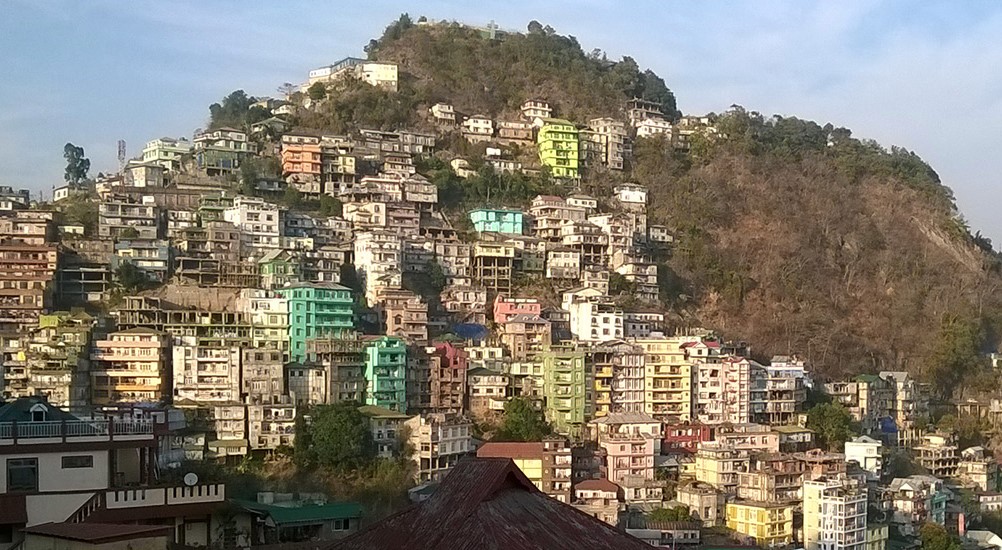
Hybrid Municipalization in Aizawl: A Case Study of Urban Reforms from the Northeast
By Lalitha Kamath and Smita Waingankar, School of Habitat Studies, TISS
JNNURM played a crucial role in facilitating urban state building in Aizawl and other urban centres in Mizoram by demanding the formation of new urban development focused institutions, laws, rules and regulations. This paper specifically focuses on the effect these governance transformations have had on the ULB and the city’s governance as a whole.
Download Report
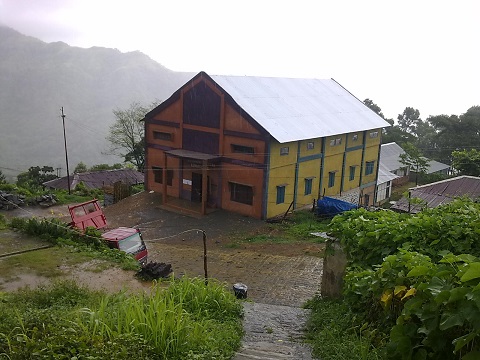
Infrastructure and Governance Transformation of IHSDP in Lunglei Town
By Kanagaraj Easwaran and Priscilla Jahau, School of Social Sciences, Mizoram University
The paper examines the implementation of the Integrated Housing and Slum Development Programme (IHSDP), a component of JNNURM, in the Lunglei, Mizoram. It attempts to describe the full life cycle of projects and reforms within the housing sector to understand the outcomes for different groups, the processes responsible for such outcomes, and the corresponding socio-politico-technical changes in governance of the ULB.
Download Report
MAHARASHTRA
JNNURM and Water: A case study of Public Private Partnership in Aurangabad City of Maharashtra
By Pranjal Deekshit, School of Habitat Studies, TISS
The paper aims at understanding the process of institutional transformations through the case of Auranagabad Municipal Corporation (AMC). It focuses on capturing the politics of implementation of reforms through tracing the process of design and implementation of a Public-Private Partnership (PPP) undertaken by AMC to improve the water infrastructure in the city.
Download Report
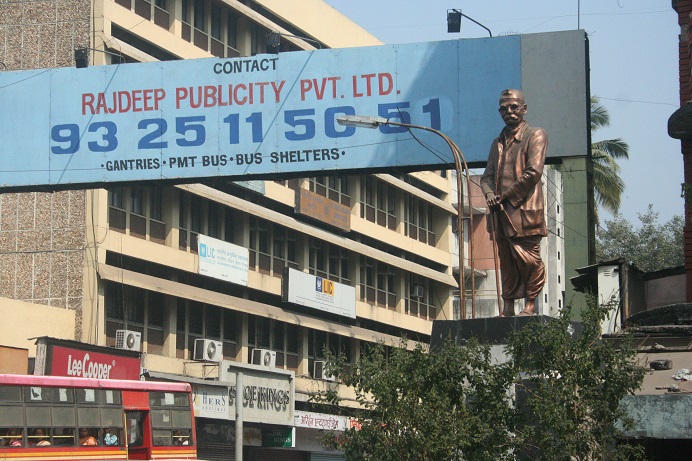
Impact of JNNURM on Urban Governance in Pune City
By Ranjit Gadgil, Shweta Vernekar, Parisar, Pune and Avinash Madhale, Centre for Environment Education
This paper focuses on the impact of JNNURM on the Pune Municipal Corporation (PMC) through a study of three sectors - roads, transport and sewerage. It attempts to understand whether JNNURM has had the intended impact on the functioning of the ULB and examines the impact of the program on the urban poor in Pune.
Download Report
ODISHA
Governance and Infrastructure Transformations in Bhubaneswar via the JNNURM
By Amita Bhide, School of Habitat Studies, TISS
The paper focuses on comprehending the change that JNNURM has brought about in the governance ecosystem of Bhubaneswar by taking into account the perspectives of multiple actors who are affected by these shifts and are involved in shaping them. It questions whether JNNURM has been able to impact the embedded exclusion in the city and attempts to respond to this through a detailed study of three sectors -- transport, drainage and housing.
Download Report
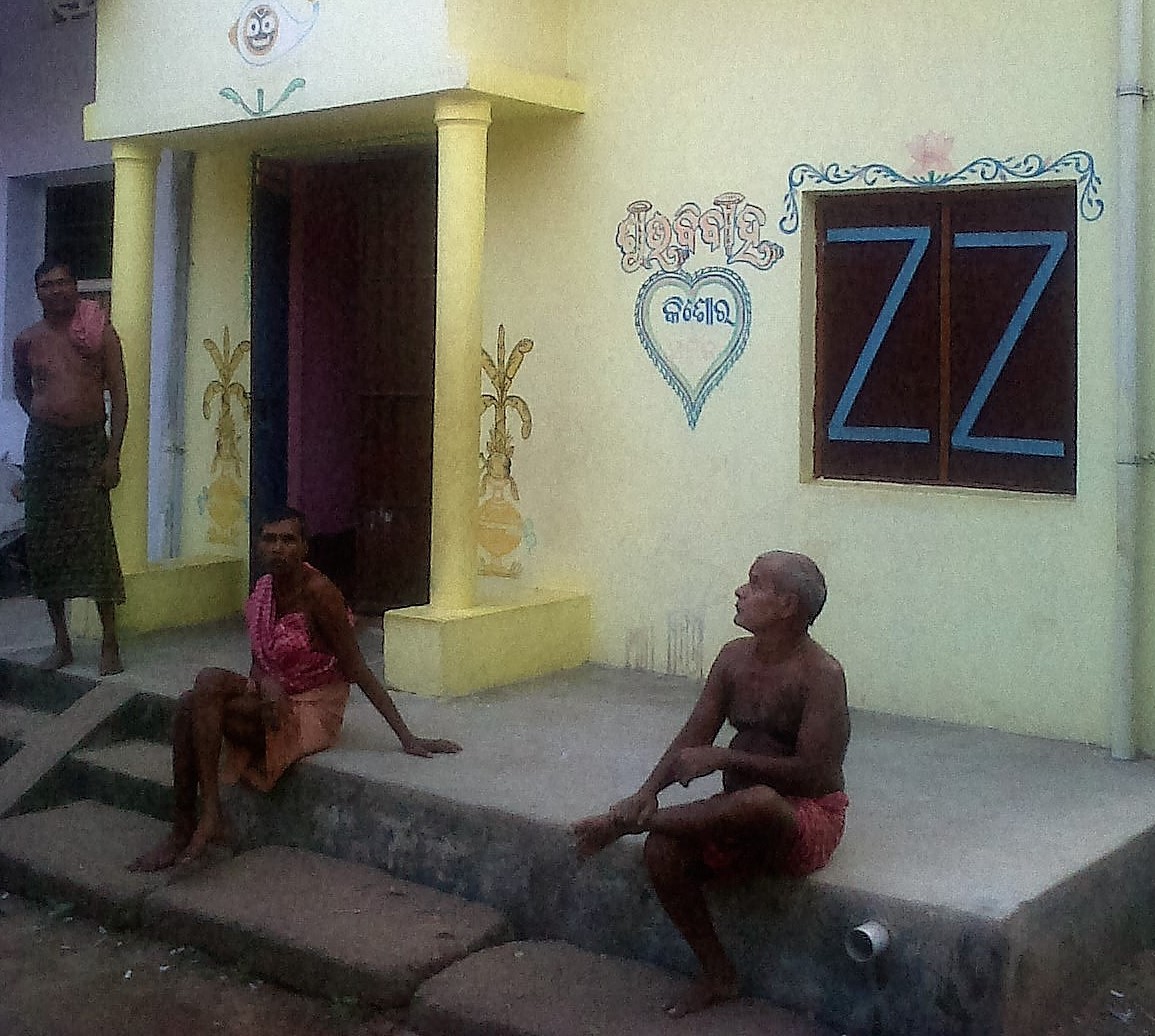
Implementation of JNNURM-BSUP: A Case Study of the Housing Sector in Puri
By Rajkumar Sahoo, Simpreet Singh and Ratoola Kundu, School of Habitat Studies, TISS
Puri, a Hindu pilgrimage centre and coastal city, was one of the 65 cities that received financial and other forms of technical assistance from JNNURM in order to become ‘economically productive, efficient, equitable and responsive'. This paper analyses the ways in which urban improvement works in Puri, in the housing sector.
Download Report
TAMIL NADU
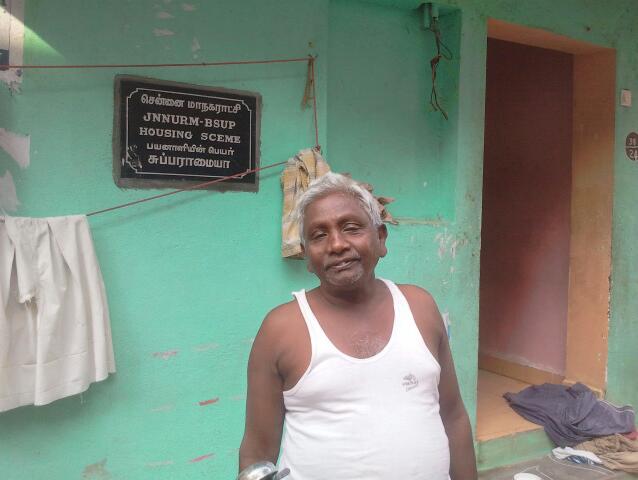
Implementation of JNNURM -BSUP: A Case Study of the Housing Sector in Chennai
By T. Venkat and M. Subadevan
Chennai is poised to become the third densest Indian city in 2030 with a population of over 13 million people. This projection identifies the need for Chennai to invest in upgrading and extending urban infrastructure and service delivery systems to prepare for an increasing urban population. This paper analyzes the direction, implementation, and impact of JNNURM on Chennai’s housing sector.
Download Report
Urban Governance Case Study Coimbatore
By Transparent Chennai
The paper looks at the extent to which JNNURM influenced or altered the governance systems of Coimbatore City Municipal Corporation (CCMC) through a focus on three sectors – water, storm water drains and housing.
Download Report
RELATED PROJECTS
